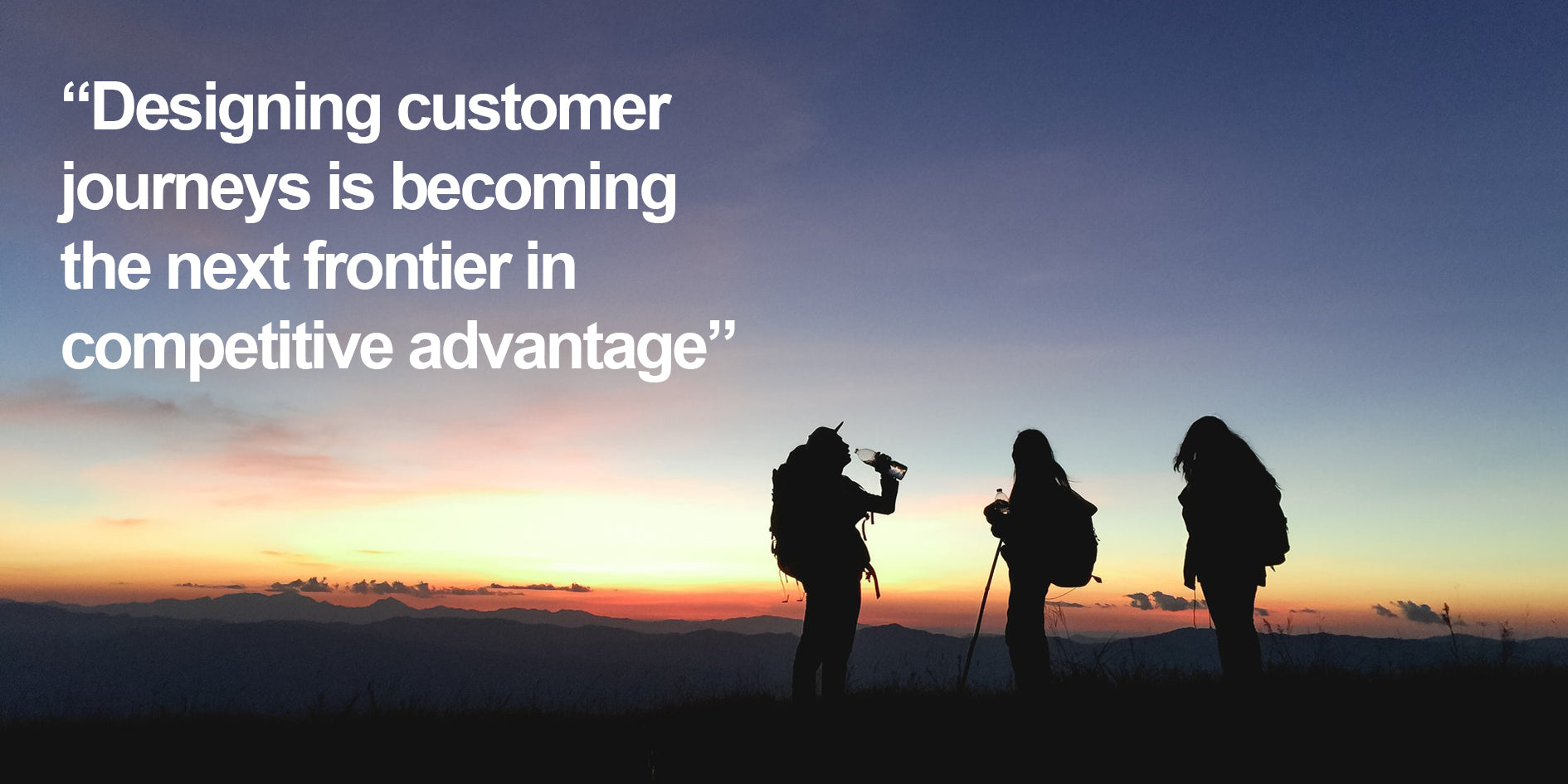As customers, the path that we take from the moment of need recognition, through the evaluation of our options and on to purchase has changed radically with the advent of the mobile internet and associated technologies.
In evaluating solutions and options, we now fully expect to be able to find the answers to our questions, not from salespeople at such time as they can be accessed, but 24 x 7 from an online channel that suits us. From there we expect to be able to move, with minimal friction and potentially across multiple channels, through the transaction and on to acquisition and use.
Leading organisations understand perception of their brand is now so grounded in peoples' end to end experience of it, that it is not enough merely to understand and support their various journeys. Designing customer journeys is becoming the next frontier in providing competitive advantage, and a vital component of the overall value proposition.

In their article in the Harvard Business Review (November 2015), David Edelman and Marc Singer identify four interconnected capabilities that leverage big data and emerging technologies to create new value for the customer and the organisation alike.
- Process automation: Complex back-end operations are cloaked and customer steps digitized through simple, engaging, increasingly app-based front-end experiences.
- Proactive personalisation: More than recognising preferences, next steps are anticipated through accessing information gleaned from past interactions and existing sources, and the user interface updated to customise the current experience in real time.
- Contextual interaction: The recognition of exactly where a customer is in a journey, whether physically or virtually, and provision of a clear path towards the desired next interaction.
- Journey innovation: Mining customer data and insights to understand which adjacent services they might appreciate and extending the interaction to new services, creating new value for both the customer and the organisation.
By designing and delivering innovative, customised experiences that are finely attuned to our needs, the authors suggest that we can become 'irresistibly and permanently' engaged on the path laid before us, to the exclusion of other competing offerings.
Certainly the best designed customer journeys succeed because they create new value for customers: acquisition and retention are achieved not through price and contractual obligation, but on account of the benefit customers perceive from the proactive and engaging journey itself.
